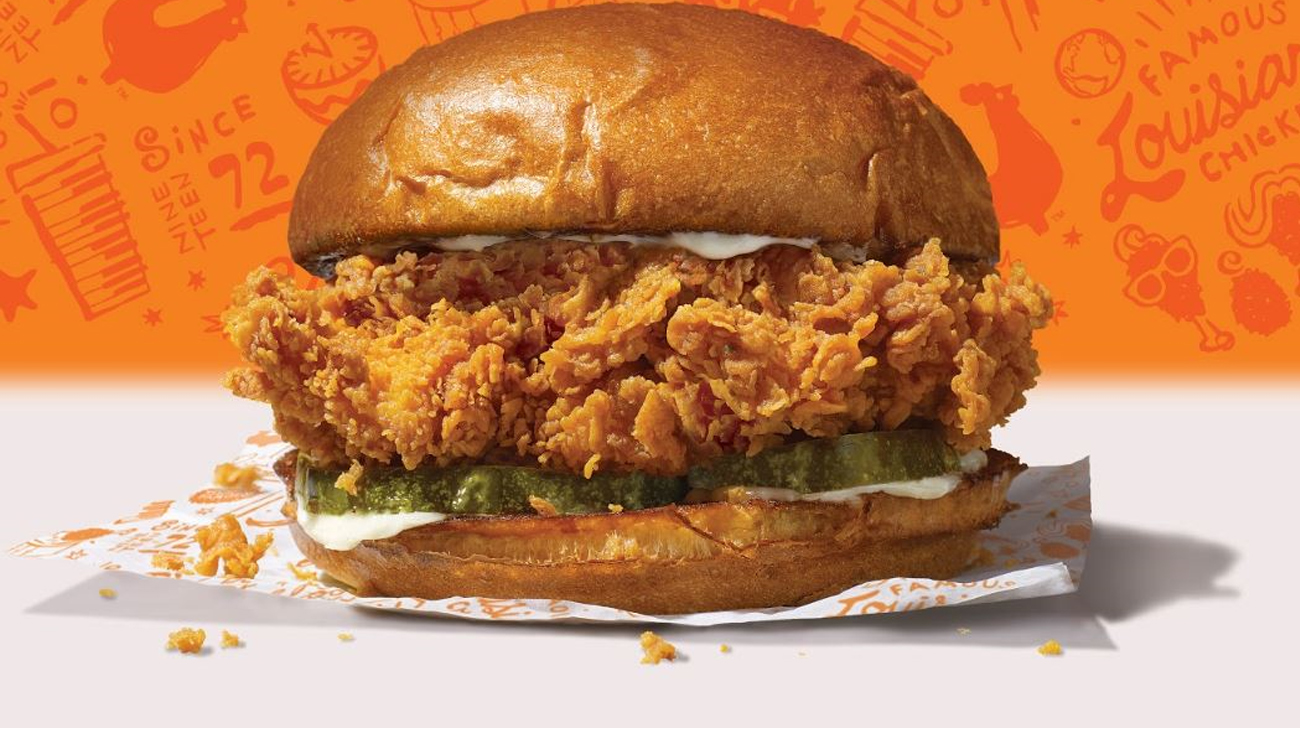Popeye’s chicken sandwiches are the latest popular culture craze driven by Black social media engagement.
On Aug. 12, the fast-food chain tweeted a photo of an upgraded version of its crispy chicken sandwich, which included a brioche bun, pickles with the choice of spicy or classic mayonnaise. “Chicken. Brioche. Pickles. New. Sandwich. Popeyes. Nationwide. So. Good. Forgot. How. Speak. In. Complete. Sandwiches. I mean, sentences,” the tweet read. In days, the hype led to long lines and sold-out sandwiches at locations around the country.
Although Black people weren’t the only ones consuming and tweeting about the sandwich, it was their unique and creative memes, skits and jokes around the sandwich that eventually drove it to frenzy status. In the first 11 days of the sandwich being marketed, the ad value in media mentions of the chicken sandwich was the equivalent of $23.25 million, according to Apex Marketing. Some are questioning whether Popeye’s intentionally sought Black Twitter in an effort to get their support, knowing the community’s influence would eventually push the sandwich to its current success.
It’s hard to say. For one, Popeye’s initial tweet promoting the sandwich didn’t pander to Black people directly by using African-American Vernacular English. The tweet highlighted the ingredients with a glossy photo of the sandwich, which was successful in making people want to go out and try it. Once they did, many felt it met the hype, and tweeted their review of the sandwich. Even if they didn’t like the sandwich, folks would still share their opinion of it, making going out to get the sandwich a social media challenge of sorts. However, Popeye’s did employ the use of Black slang when they set off a war against other fast-food restaurants and their chicken sandwiches. On Aug. 19, when Popeye’s poked fun at the Wendy’s chicken sandwich, they wrote: “Sounds like someone just ate one of our biscuits. Cause y’all looking thirsty.” The account also called out Chick-fil-A, writing, “Y’all good?” This is clearly Black slang being co-opted.
Although this is all fun and there is nothing wrong with enjoying a good chicken sandwich, it’s hard for some to forget the history between fast-food culture and Black Americans at this moment. Black American’s influence and perceived expertise on the topic can be tied to their fast food consumption habits. They are 42.4 percent of consumers of fast food and black women were the highest percentage of fast-food consumers at 42.9 percent, according to the CDC.
“Fast food consumption has been associated with increased intake of calories, fat, and sodium,” which contributes to heart disease, obesity and type 2 diabetes, among other diseases,” a report CDC states. Fast food also contains additives that are harmful to children and can contribute to the increased risk of cancer, obesity, cardiovascular disease and can affect puberty and fertility.
Fast-food restaurants have historically marketed to African-Americans, from as early as the 1960s when black franchise owners opened fast-food restaurants in their communities, according to a book by “Supersizing Urban America: How Inner Cities Got Fast Food with Government Help” by Chin Jou. Over the years fast-food restaurants tapped deeper into Black culture with campaigns such as KFC’s Pride 360 at Historically Black Colleges and Universities and McDonald’s 365Black campaign celebrating black leaders and celebrities. And fast food and junk food continue to target the youth more and more. A 2019 report by the UCONN Rudd Center for Food Policy and Obesity found that spending on TV advertising dollars targeting black and Hispanic teens increased by 50 percent between 2013 and 2017.
It’s clear Popeye’s definitely marketed to Black people via social media. And other brands will likely take notes on how quickly this campaign moved and will try similar rollouts in the future. What is proven once again is that Black people’s influence continues to drive culture and can make brands lots of money, whether companies seek their support or not.




